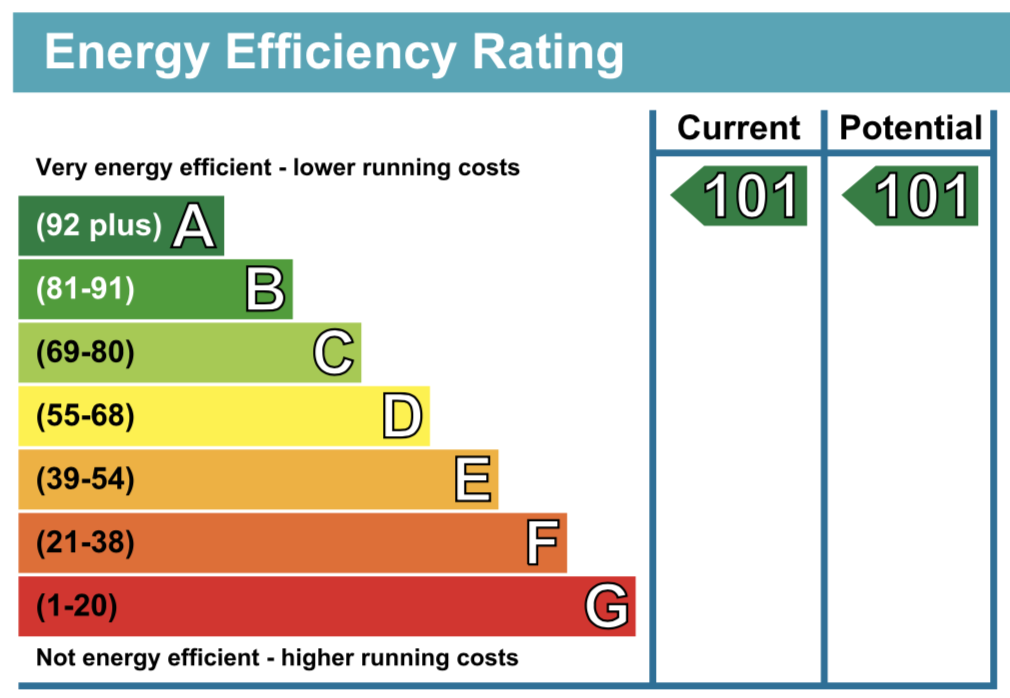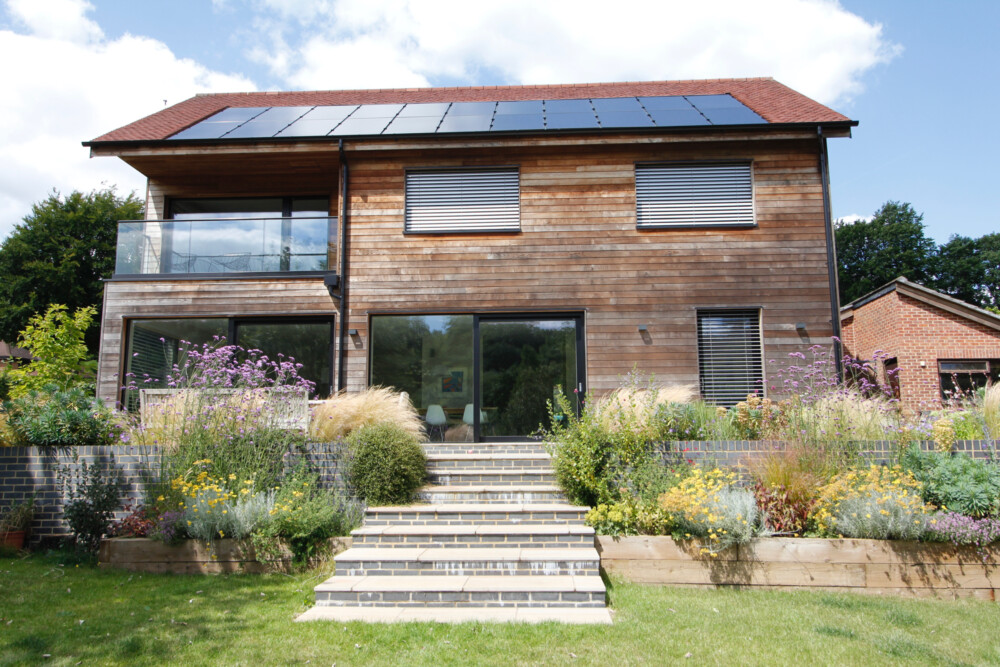Is my house Passive?
My house has been designed using passive house principals and modelled with PHPP Passivhaus modelling software to prove its design integrity but is not currently a certified Passivhaus. The build is to Passivhaus standards using certified products for windows, doors and MVHR and achieved airtightness and insulation levels well in excess of the minimum Passivhaus requirements. Gaining certification has additional administrative costs that do not contribute towards the efficiency and running costs of the house but can help prove that the design and build has been completed to the required standard and kept to the specification in the PHPP model.
I was on site every day either managing the build or on the tools myself. I feel that I have kept a far closer eye on construction than any external assessor could have done, and as such am happy that my build meets the criteria for Claiming the Passivhaus standard, as outline by the Passivhaus Trust.
Insulation U value of slab 0.105W/m2K
Insulation U value of walls 0.12W/m2K
Insulation U value of roof 0.10 W/m2K
The house was modelled prior to construction by Andrew Lundberg, ICIOB, MSc., BSc, CEPHD of Passivate | Building Energy Construction
‘The house achieves beyond certification criteria with heat demand of 12kWh/m2 annum and heat load of 9W/m2. Air-tightness is assumed at 0.6ac/h @ 50Pa. ‘
The measured air tightness for the house was measured at 0.33ac/h @ 50Pa. This is well in excess of the very strict Passivhaus minimum of 0.6ac/h @ 50Pa and as such would give a heat demand of even less than predicted.
EPC rating
All new dwellings are required to have SAP calculations carried out by a On-Construction Domestic Energy Assessor (OCDEA). The assessor will then produce an EPC outlining the energy efficiency of that new build.
The EPC rating for my build was 101. Anything over 100 is a net exporter of energy.


